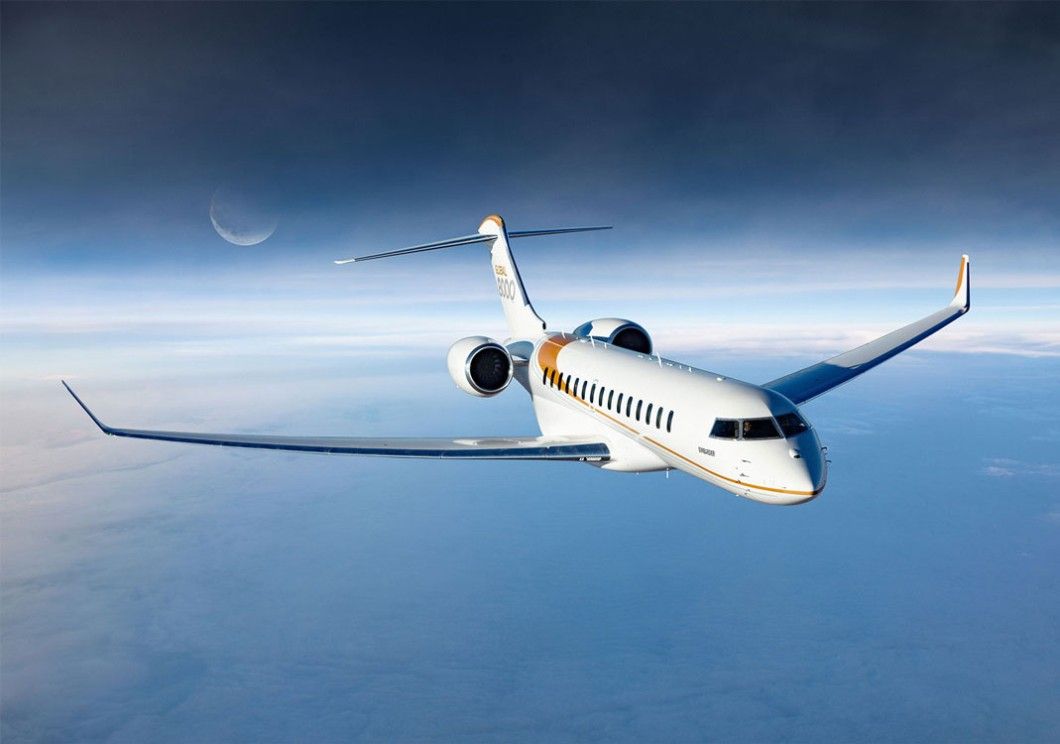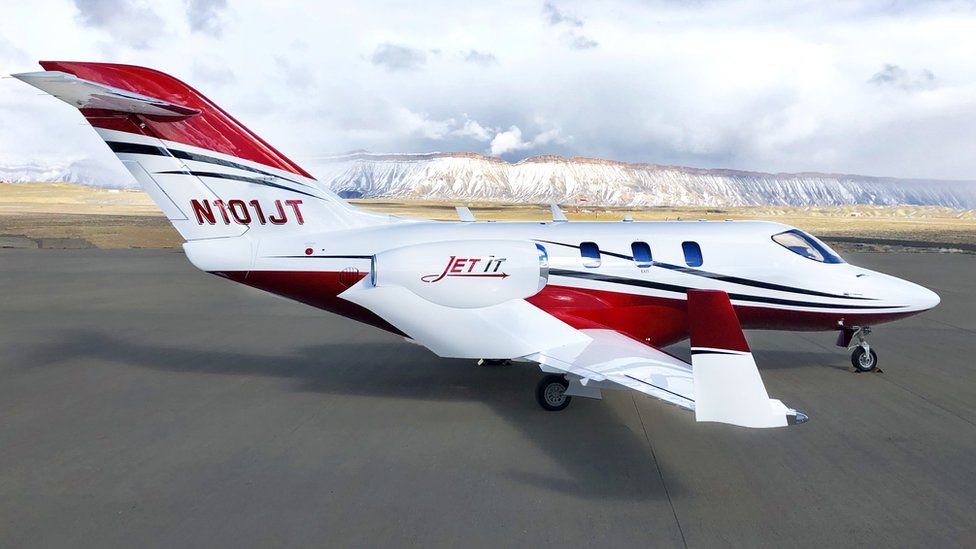Flying is an exhilarating and efficient way to travel, especially for busy business professionals. However, amidst the excitement, privacy and security should never be compromised. When it comes to business jet charters, ensuring a comfortable and safe flight experience is a top priority. From the moment you step on board to the time you reach your destination, every aspect of your journey is carefully planned and executed with your well-being in mind. Whether it’s strict confidentiality measures or advanced security protocols, the focus is on providing a seamless and worry-free experience that allows you to focus on what matters most: your business.

This image is property of pixabay.com.
I. Overview of the Importance of Privacy and Security
Aviation is an industry where privacy and security are of utmost importance. Whether you’re a high-profile executive, a wealthy individual, or a celebrity, traveling by private jet offers you the advantage of maintaining a high level of privacy and security. In this article, we will explore the significance of privacy and security in the aviation industry, the advantages of flying private, and the role of regulations and protocols in ensuring privacy and security.
Flying private offers numerous advantages when it comes to privacy and security. One of the key benefits is the ability to avoid crowded airports and the potential for long lines and security checkpoints. Private aviation terminals have their own screening procedures and protocols, which are often more efficient and streamlined compared to commercial airports. This means less time spent waiting in line and more time devoted to your personal or business activities.
Additionally, when you fly privately, you have more control over who you share the aircraft with. Unlike commercial flights where you may be seated next to strangers, flying private allows you to choose the individuals you fly with, ensuring that you have a trusted and comfortable environment.
Regulations and protocols play a vital role in ensuring privacy and security in private aviation. Various governing bodies, such as the Federal Aviation Administration (FAA) in the United States, have established rules and guidelines for operators to follow. These regulations cover everything from screening procedures to cybersecurity protocols, ensuring that a comprehensive framework is in place to protect passengers and their personal information.
II. Pre-Flight Security Measures
Before passengers even step foot on the aircraft, there are several pre-flight security measures in place to ensure their safety and privacy. Private aviation terminals have their own screening procedures and protocols that often mirror those of commercial airports, but with a more personalized touch.
Baggage and cargo security is also a vital aspect of pre-flight security. Private aviation operators follow strict measures to screen and secure baggage and cargo, minimizing the risk of unauthorized items or dangerous substances being brought on board.
Access control systems and background checks for personnel are another important layer of security. Private aviation operators thoroughly screen and vet all personnel, guaranteeing that only trusted and qualified individuals have access to the aircraft and sensitive areas.
In the digital age, cybersecurity is a growing concern. Private aviation operators implement comprehensive cybersecurity protocols to protect sensitive data from potential breaches and cyber attacks. These protocols include encryption, secure networks, and regular vulnerability assessments.

This image is property of pixabay.com.
III. In-Flight Privacy Measures
Once on board the aircraft, there are various measures in place to ensure privacy and comfort during the flight. Cabin configuration and design play a crucial role in providing passengers with a sense of privacy. Private jets often have separate cabins or sections, allowing passengers to have their own space without any intrusion.
Soundproofing and noise reduction techniques are also employed to minimize distractions and create a peaceful environment. This ensures that conversations and activities within the aircraft remain confidential and undisturbed.
Privacy partitions and curtains are another feature commonly found in private jets. These physical barriers can be used to separate different areas of the aircraft, providing additional privacy for passengers.
Personalized service and discreet staff further enhance the in-flight privacy experience. Private aviation operators prioritize customer satisfaction and train their staff to provide attentive and professional service while respecting passengers’ privacy.
IV. Electronic Communication and Data Security
In today’s hyper-connected world, electronic communication and data security are crucial aspects of privacy and security in private aviation. Private jets often provide secure Wi-Fi networks and encrypted connections, allowing passengers to connect to the internet without compromising their data.
To protect data transmission and storage, private aviation operators implement robust cybersecurity measures. This includes secure servers, data encryption, and regular audits to detect and prevent any potential breaches.
While electronic devices are essential for communication and entertainment during a flight, there are privacy concerns to consider. Private aviation operators educate passengers on best practices for protecting their personal information while using electronic devices, such as avoiding public Wi-Fi networks and regularly updating security software.
To prevent hacking and unauthorized access, private aviation operators employ various measures, such as firewalls, intrusion detection systems, and secure access controls. Regular training and awareness programs for both staff and passengers ensure that everyone is equipped with the knowledge to maintain the highest level of electronic privacy and security.

This image is property of pixabay.com.
V. Handling Personal Information
Private aviation operators understand the importance of handling personal information with care. Privacy policies and data protection regulations are in place to ensure that passenger information is handled securely and confidentially.
Secure storage and handling of passenger information is essential to protect sensitive data from unauthorized access. Private aviation operators implement measures such as encrypted databases, restricted access protocols, and regular data backup procedures to safeguard passenger information.
When it comes to flight bookings, private aviation operators take extra care to safeguard personal details. By utilizing secure channels and following data protection regulations, operators ensure that passenger information remains confidential and protected throughout the booking process.
VI. Surveillance and Monitoring
The use of video surveillance is not uncommon in private jets, particularly for security purposes. Surveillance systems help monitor the aircraft and deter potential security threats. However, privacy concerns arise when it comes to in-flight monitoring of passengers.
Private aviation operators must balance the need for security with passenger comfort and privacy. Clear communication and transparency about the use of surveillance systems onboard the aircraft are vital to address any concerns and ensure that passenger privacy is respected.
VII. Physical Security Measures
Physical security measures play a significant role in protecting private jets and maintaining a secure environment. Secure facilities are essential for private jet storage and maintenance. These facilities employ access control systems, perimeter security, and surveillance to prevent unauthorized access.
Access control systems restrict entry to authorized personnel only, preventing unauthorized individuals from gaining access to private jets and their associated facilities. Perimeter security measures, such as fences, gates, and CCTV surveillance, add an extra layer of protection.
Response plans for emergencies are crucial in maintaining security. Private aviation operators have well-defined protocols in place to handle emergencies, ensuring a swift and coordinated response to any potential threats. Training exercises and drills are conducted regularly to prepare personnel for various emergency scenarios.
Protecting against unauthorized entry is a priority for private aviation operators. Measures such as identity verification, security staff, and secure locks are implemented to prevent unauthorized individuals from entering the aircraft or its facilities.
VIII. Training and Background Checks
Thorough training for aviation personnel is essential to maintain security standards. Private aviation operators invest in comprehensive training programs to ensure that their employees are well-equipped to handle security-related matters. Training covers areas such as emergency response, passenger screening, and cybersecurity protocols.
Security awareness programs are also implemented to educate staff on the importance of privacy and security. These programs cover topics such as threat recognition, reporting procedures, and best practices for maintaining privacy.
Background checks are a vital part of the hiring process for all staff members in private aviation. These checks verify the qualifications, credentials, and background of individuals, ensuring that only trustworthy individuals are employed in positions that involve access to private jets and sensitive information.
IX. Collaborations with Security Agencies
Private aviation operators often collaborate with law enforcement and intelligence agencies to enhance security. Partnerships with these agencies provide access to valuable information and intelligence, enabling private aviation operators to stay informed about potential threats.
Sharing information and intelligence between private aviation operators and security agencies is crucial for identifying and mitigating security risks. By working together, the aviation industry and security agencies can develop coordinated responses and action plans to address potential threats more effectively.
Coordinated response plans for potential threats are developed in collaboration with security agencies. These plans outline the appropriate actions to be taken in different scenarios, ensuring a unified and efficient response to any security incidents.
X. The Future of Privacy and Security in Business Jet Charters
As technology continues to advance, the future of privacy and security in business jet charters looks promising. Emerging technologies offer enhanced privacy and security features, such as biometric authentication systems that utilize fingerprint or facial recognition for access control.
Advancements in biometric authentication are particularly exciting for the private aviation industry. Biometric systems provide a high level of security while offering a convenient and efficient way to verify the identity of passengers and personnel.
Adapting to evolving security threats is crucial for the private aviation industry. As new threats emerge, private aviation operators must stay vigilant and implement appropriate measures to mitigate the risks. This may involve investing in advanced cybersecurity systems, adopting new regulations and protocols, and continuously educating staff and passengers on the importance of privacy and security.
In conclusion, privacy and security are essential aspects of the business jet charter industry. Private aviation operators prioritize the comfort and safety of their passengers by implementing stringent measures before, during, and after the flight. From pre-flight security procedures to cutting-edge technologies, the industry is dedicated to ensuring a comfortable and secure flight experience for all. Flying private not only offers the convenience and luxury of personalized travel but also ensures that your privacy and security are of the highest priority.


